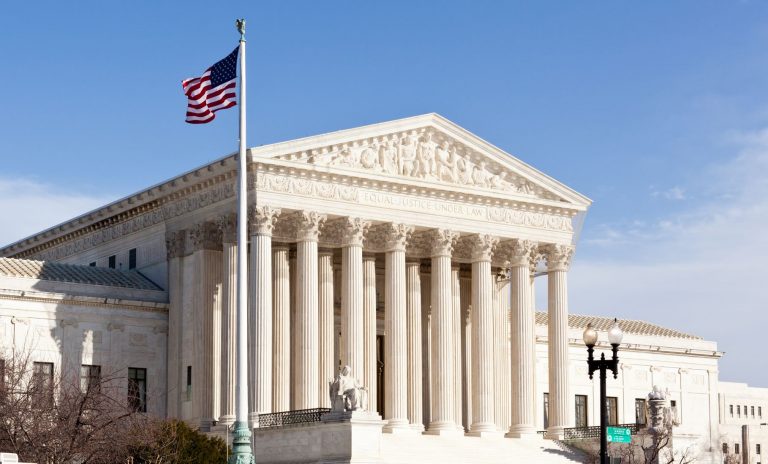Overview of Recent FAA Remarks on UAS/Drone Integration into the National Airspace
Overview of Recent FAA Remarks on UAS/Drone Integration into the National Airspace
On January 6, 2017, Federal Aviation Administration (“FAA”) Administrator Michael Huerta, delivered a speech at the Consumer Electronics Show (CES), a global consumer electronics and technology tradeshow in Las Vegas, Nevada, regarding the status of the integration process of Drones/Unmanned Aircraft Systems (“UAS”) into the national airspace. Administrator Huerta’s remarks were mindful of the need for regulatory oversight to be complementary to the interests of this burgeoning technology. Encouragingly for drone enthusiasts and, more particularly, those who have commercial interests that necessitate the utilization of drones in a less restrictive manner, Mr. Huerta’s remarks expressed the FAA’s interest in helping, rather than hindering, the drone industry in achieving its desired goals. While safety and security will be a primary consideration, the tone of the comments suggests the FAA understands that regulatory oversight needs to try to keep up with the rapid drone evolution.
The current regulatory framework for commercial drone operations is contained in the final Small UAS Rule, which went into effect on August 29, 2016 and which was codified as 14 C.F.R. Part 107. These rules contain comprehensive regulations regarding the operation of commercial UAS. One of the major components of the current regulations contained in Part 107 is the requirement that all UAS, subject to certain exclusions, be operated solely in the visual line of sight (VLOS) of the operator at nearly all times. See 14 C.F.R. §107.31. Additionally, the regulations prohibit the operation of drones directly over people not participating in the operation. 14 C.F.R. §107.39.
These particular regulations are clearly consistent with the FAA’s ultimate purpose- the promotion of safety in aviation. For obvious reasons, however, these sections have frustrated drone operators and commercial interests, who need to be able to operate their drones outside of the Remote Pilot-in-Command’s VLOS and, in certain circumstances, over civilians. To that point, Administrator Huerta noted that the FAA is working on the development of changes to the regulatory framework that will allow drones to be flown over people in certain circumstances and, further in the future, routine unmanned operations beyond the Pilot’s VLOS.
We will be interested to see how the FAA’s regulatory scheme evolves over time, especially as it relates to the VLOS changes. A link to the FAA website’s UAS page is: https://www.faa.gov/uas/, which contains a link to video of Administrator Huerta’s remarks at CES 2017.








